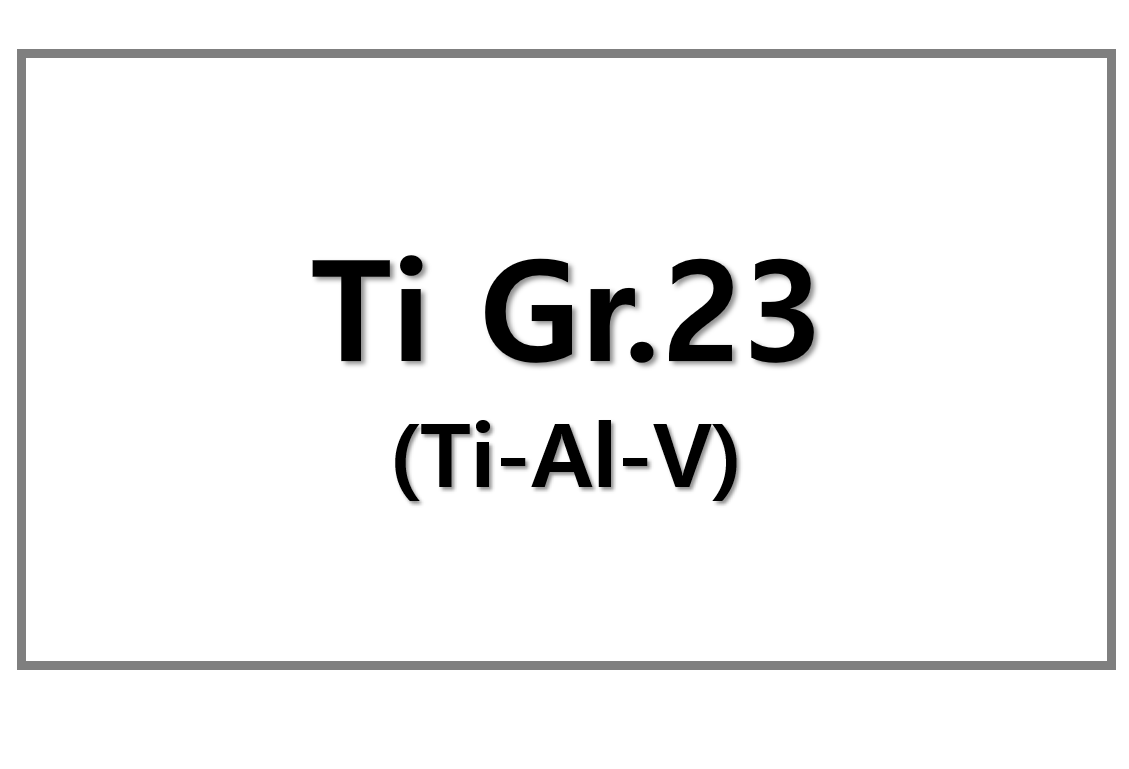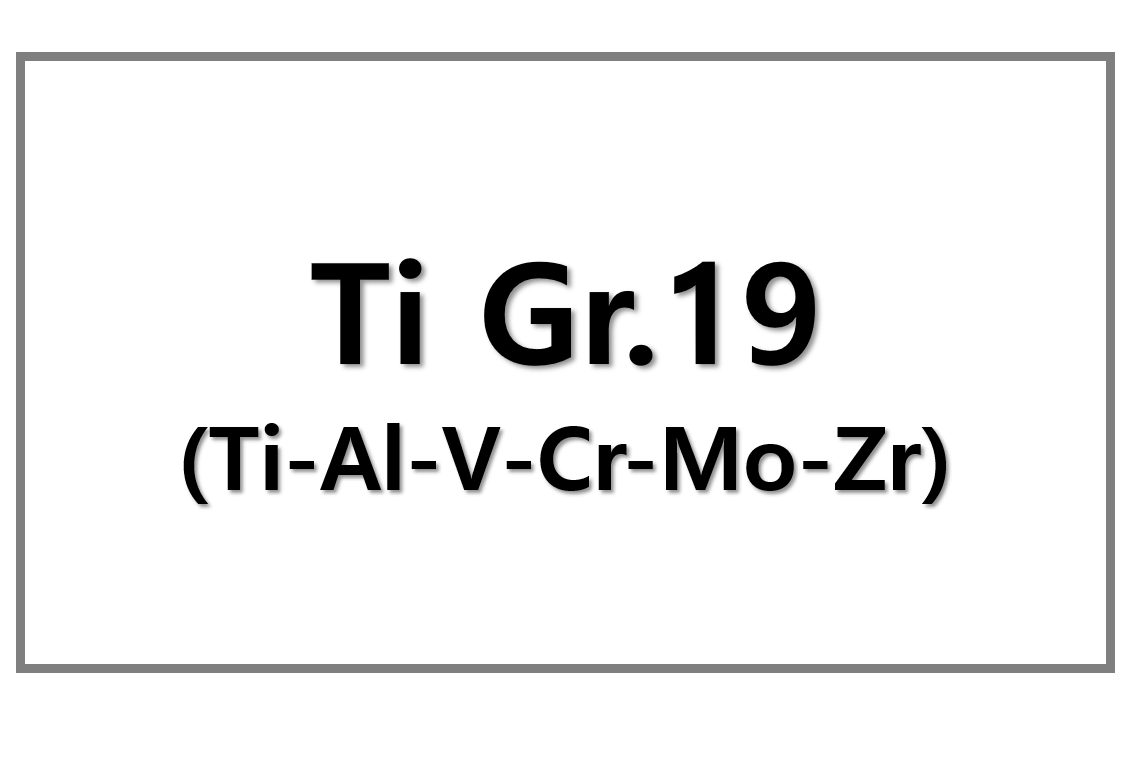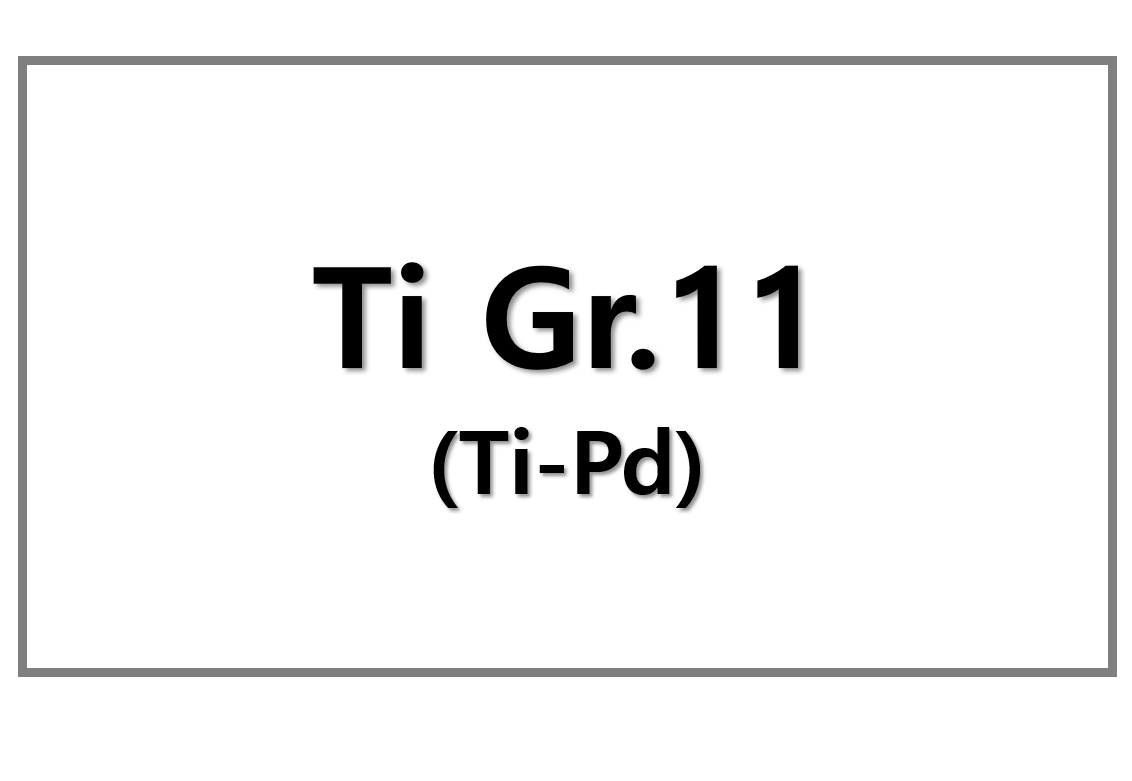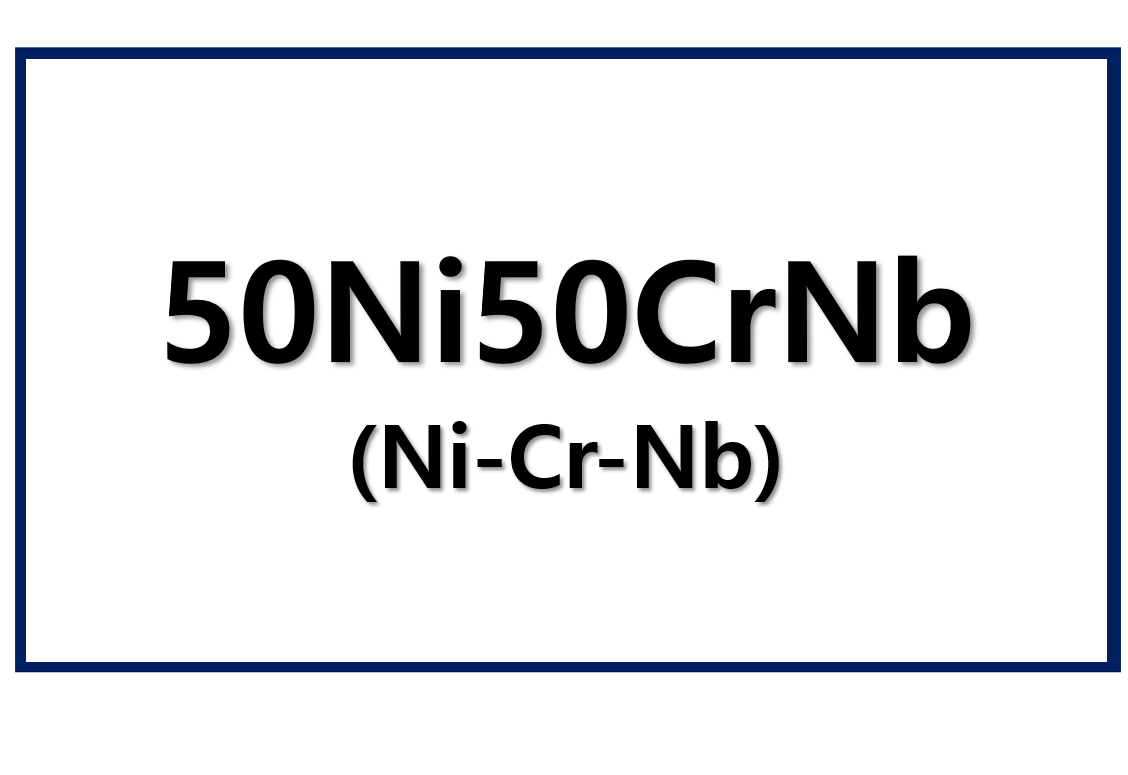
The Global Steel Climate Council (GSCC) is pushing the steel industry toward actual decarbonization with a new approach. Since its formation, the organization has worked diligently to reduce steel carbon emissions and encourage investments in cleaner, more sustainable production methods.
What is the GSCC’s Mission?
The GSCC, a non-profit organization, is focused on reducing the carbon emissions of the steel industry. Its standard sets clear, science-based emissions reduction targets. Unlike other programs that may focus on superficial solutions, GSCC aims to achieve real decarbonization. This effort will contribute to meeting global net-zero targets.
“We combine corporate-wide actions with product certification,” says Adina Renee Adler, GSCC Executive Director. “This is the only program that truly delivers on the Paris Agreement’s promise of a net-zero future.”
How Does GSCC Support Steel Industry Decarbonization?
The GSCC standard is based on a holistic approach. It accounts for all emissions from mine to hot-rolled metal, including Scope 1, Scope 2, and Scope 3 emissions. This comprehensive system ensures that the steel industry’s carbon intensity is reduced in a transparent and verifiable way.
GSCC is also developing partnerships with governments, international organizations, and policy-makers. This collaboration helps shape climate policies that support industrial decarbonization while remaining technology-neutral and science-based.
Low-Carbon Steel: The Path to a Sustainable Future
When it comes to steel production, terms like “low-carbon steel” can be confusing. According to GSCC, the term simply refers to steel with lower carbon emissions intensity. “This is what our customers need, and that is what we provide,” says Adler.
The GSCC Steel Climate Standard is crucial because it creates an industry-wide benchmark. It applies equally to all steel producers worldwide, regardless of their production methods. The GSCC also ensures that its certification process is open, verifiable, and transparent to help customers trust the products they are buying.
The Road Ahead: What’s Next for GSCC?
GSCC’s ultimate goal is for all its members to achieve certification based on the Steel Climate Standard. Currently, two of the 22 steel producers are certified, and GSCC expects more than half of its members to complete the certification process by the end of the year.
In the future, GSCC aims to expand its membership, driving more climate action in the steel sector. The organization is also actively engaged in global conversations about sustainable steel production, ensuring that decarbonization becomes a central focus of the industry’s future.











Leave a Reply
You must be logged in to post a comment.